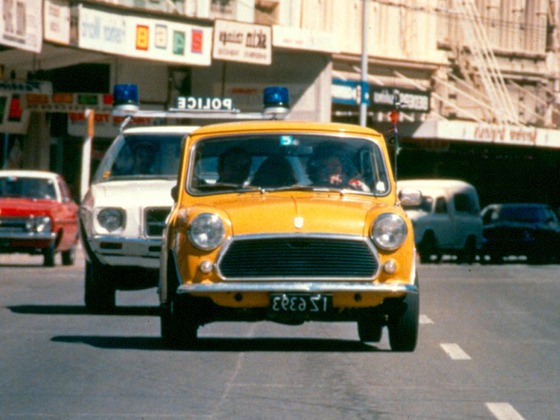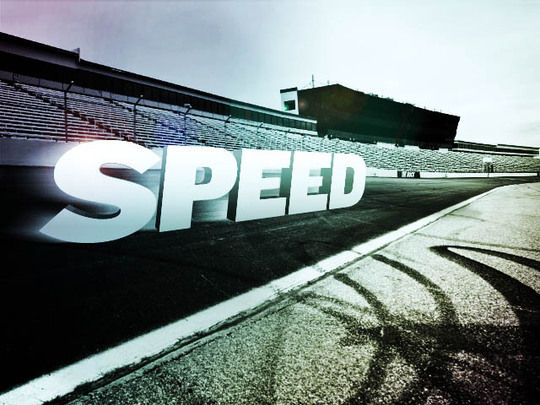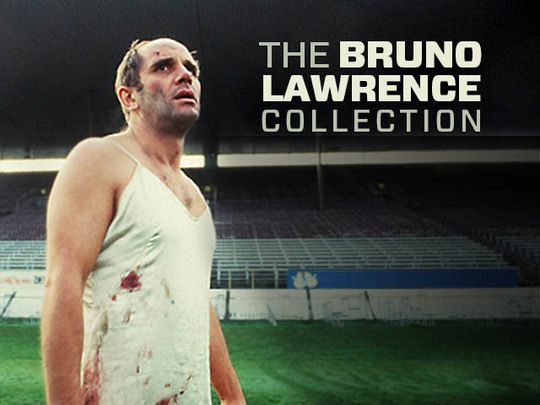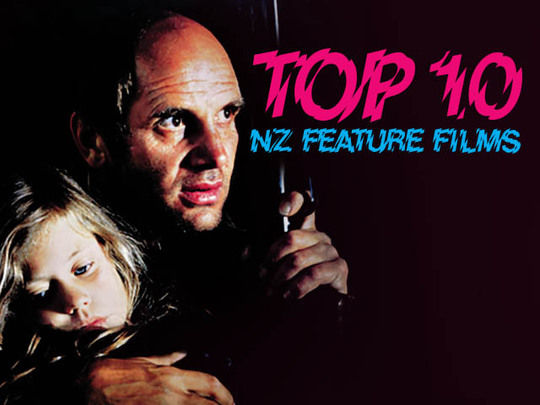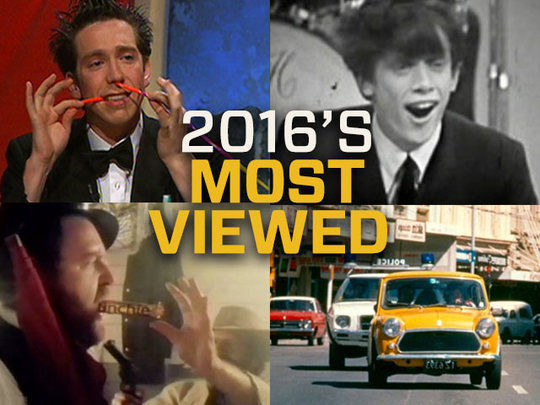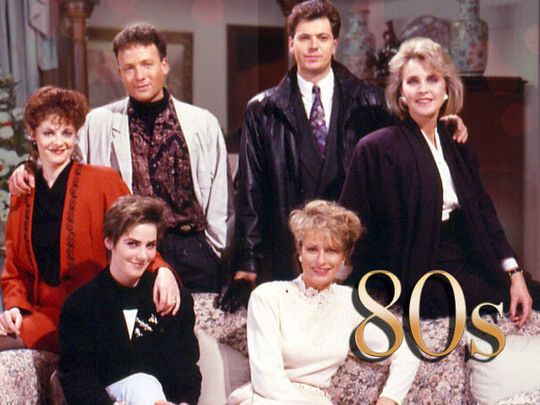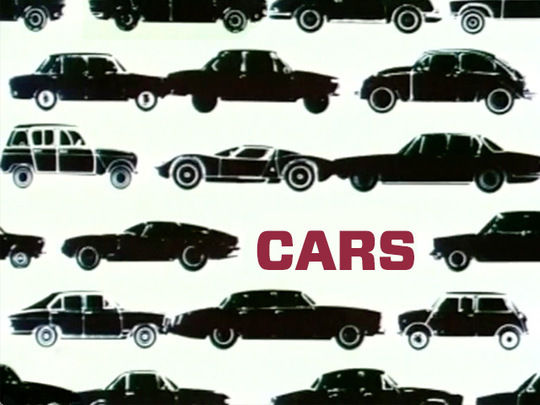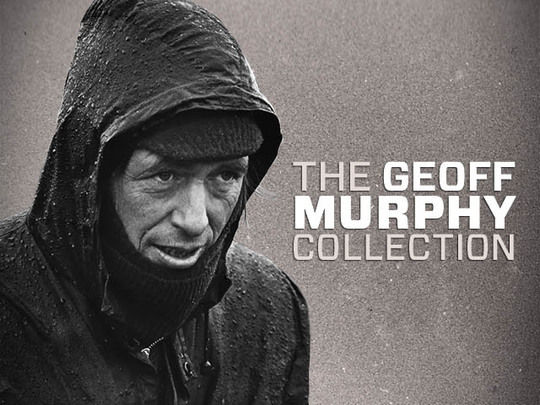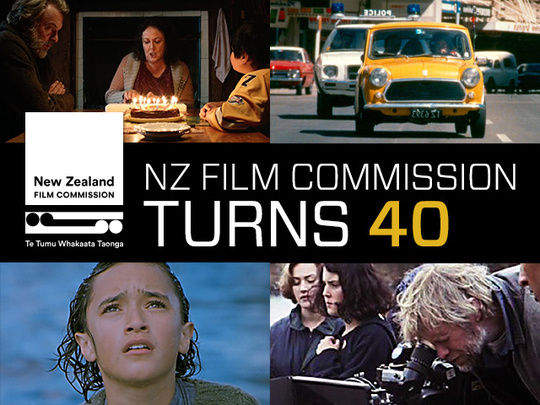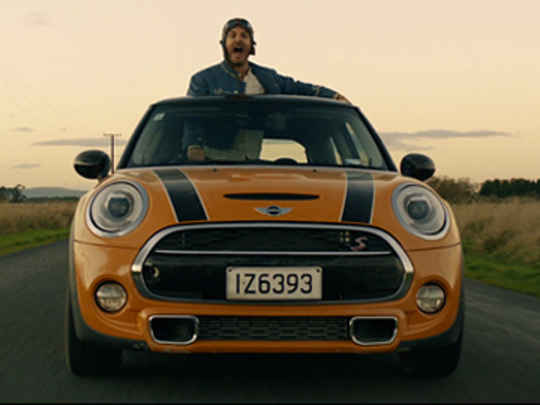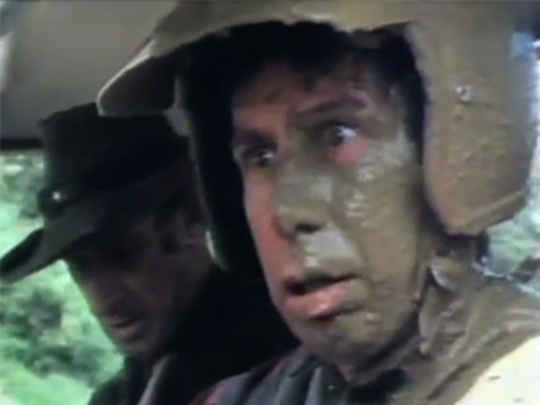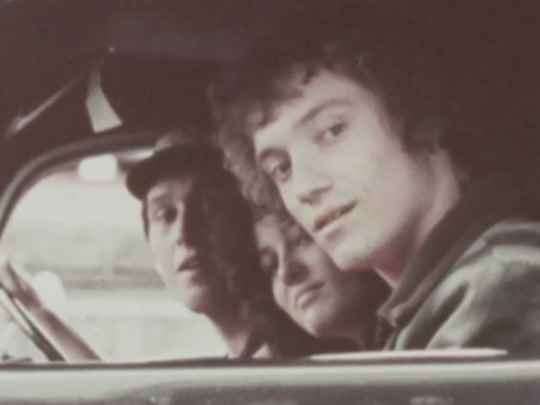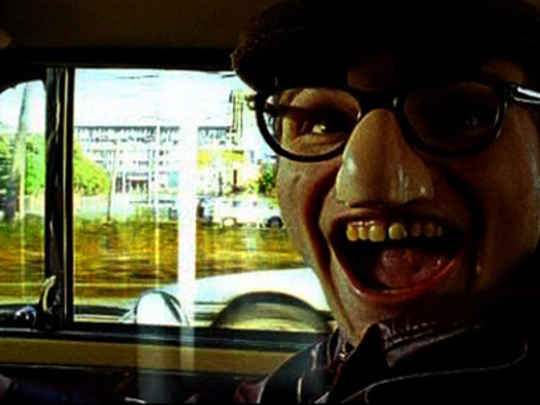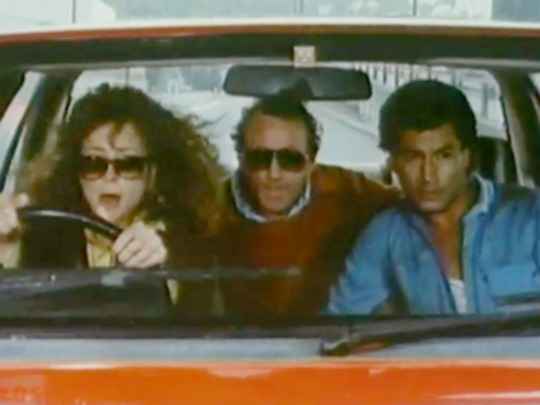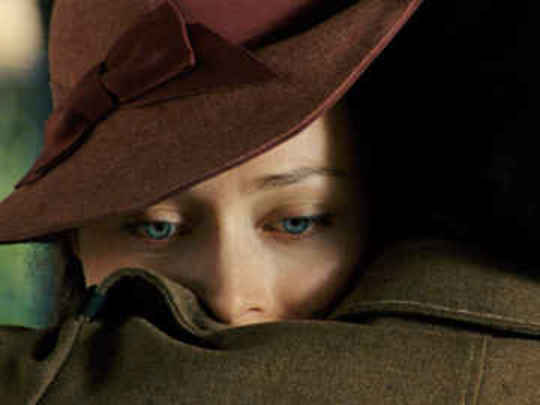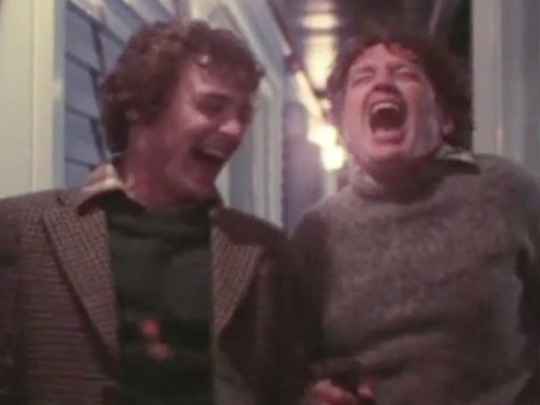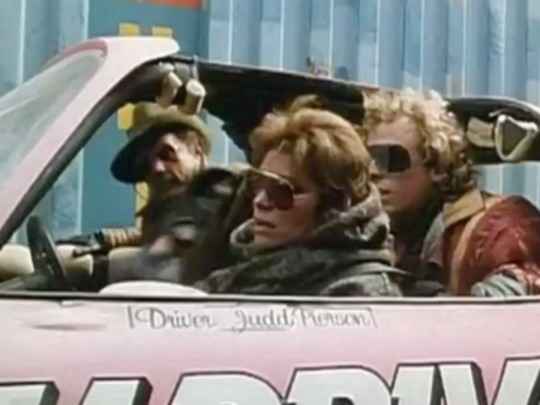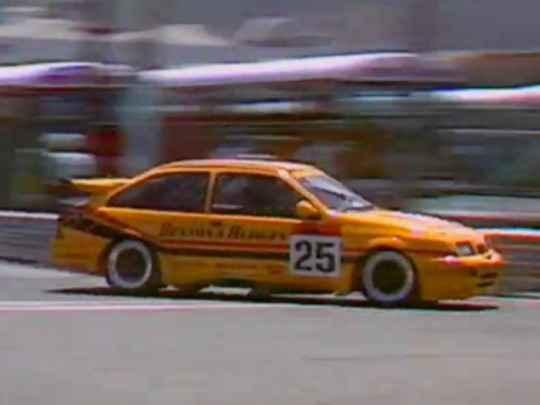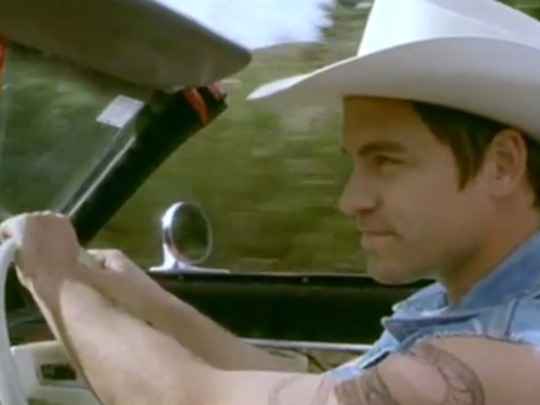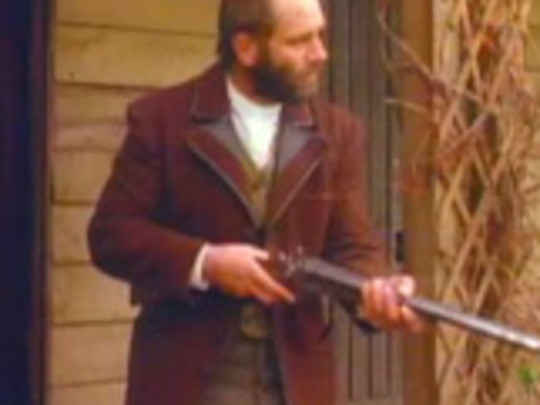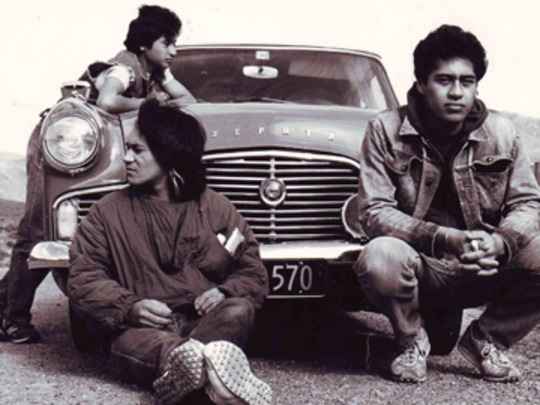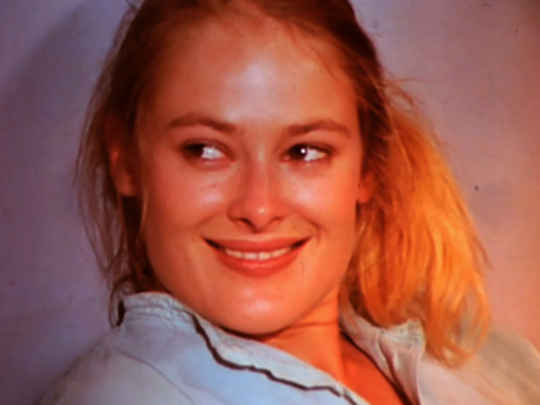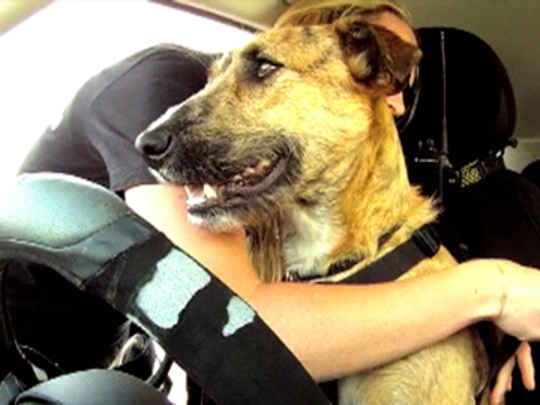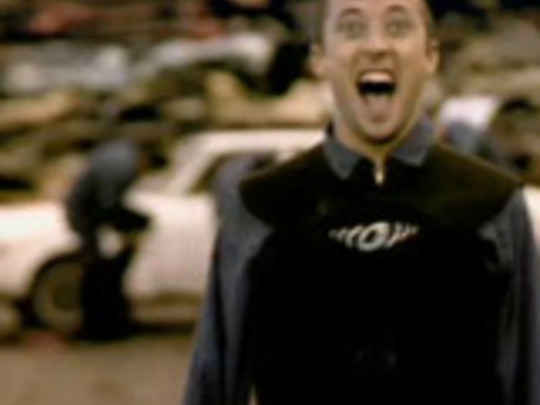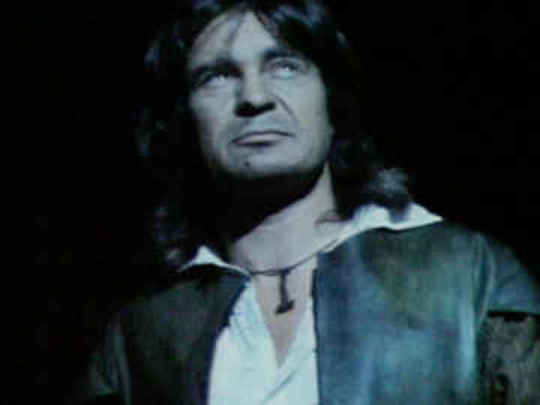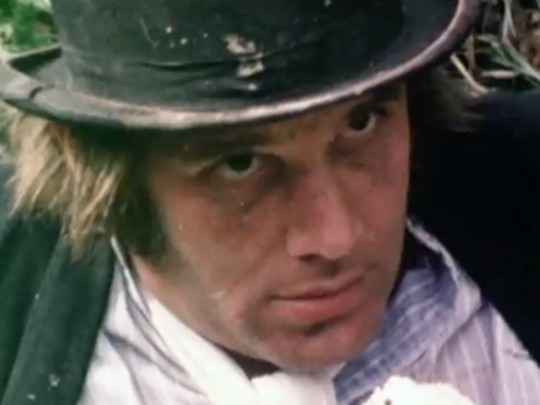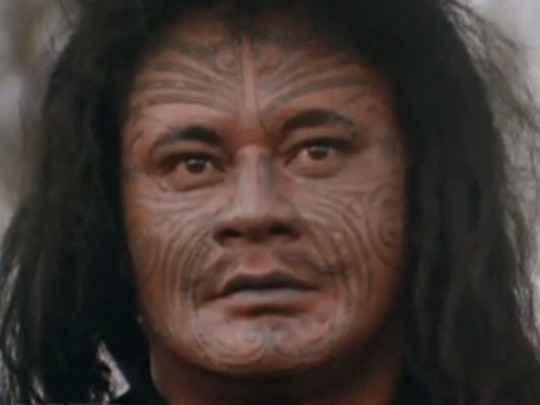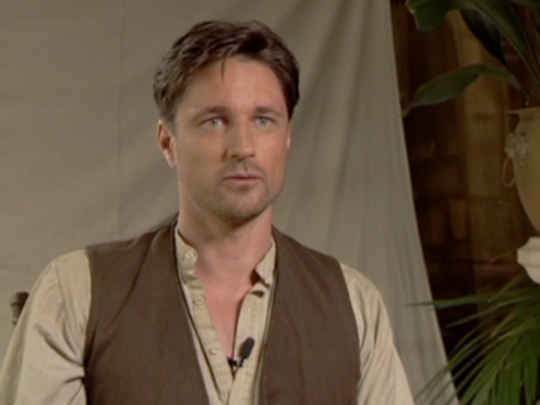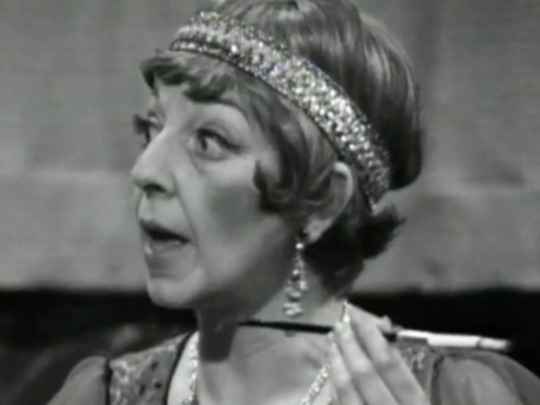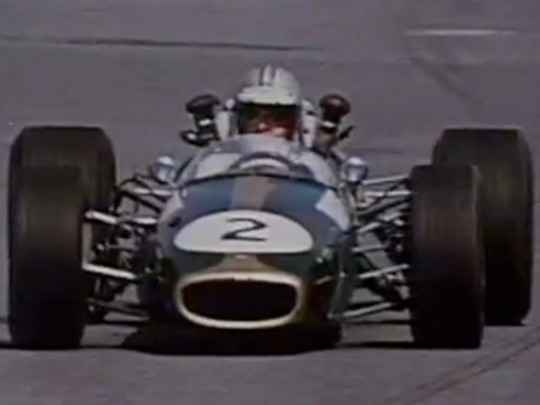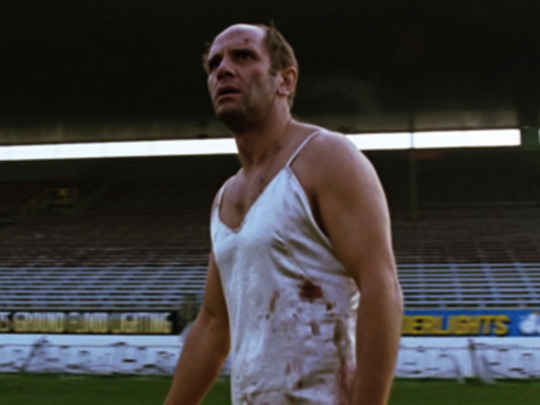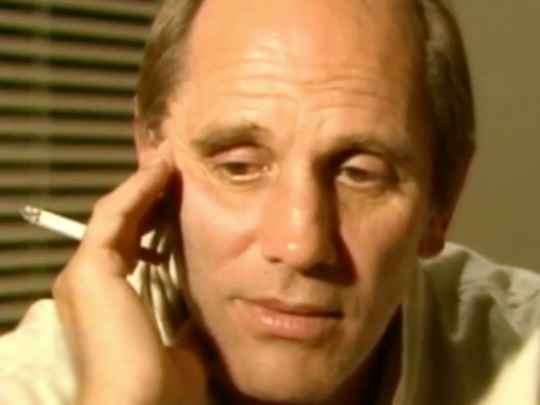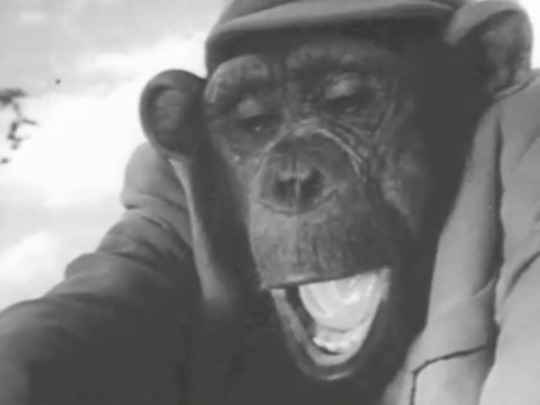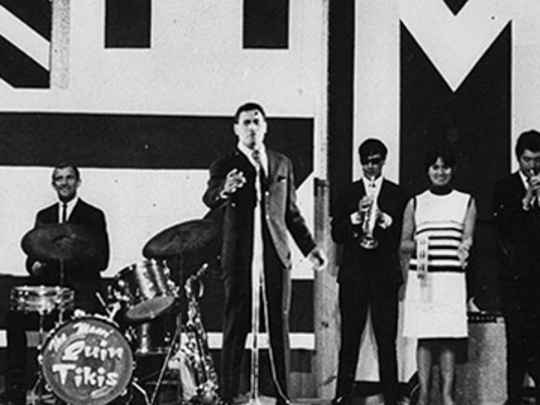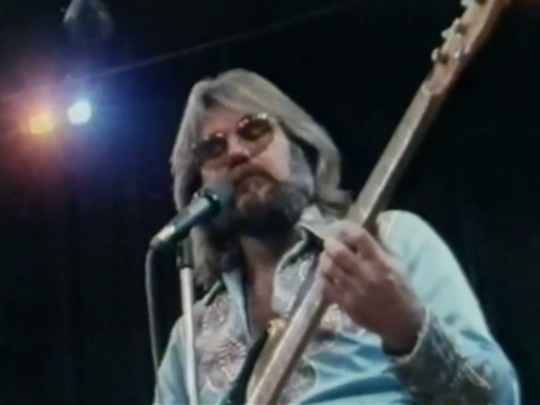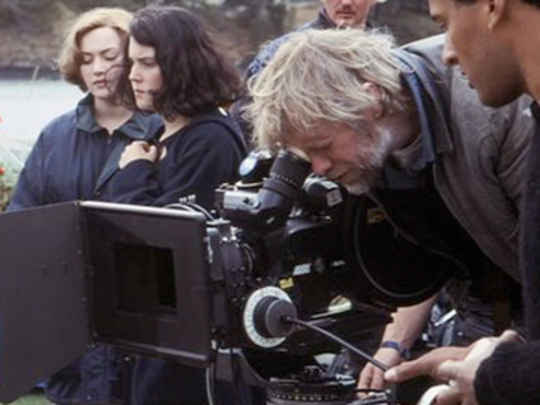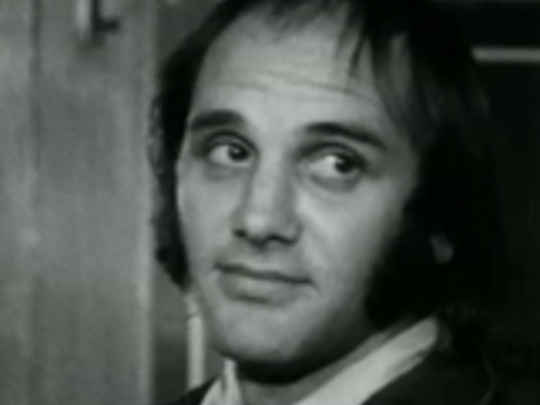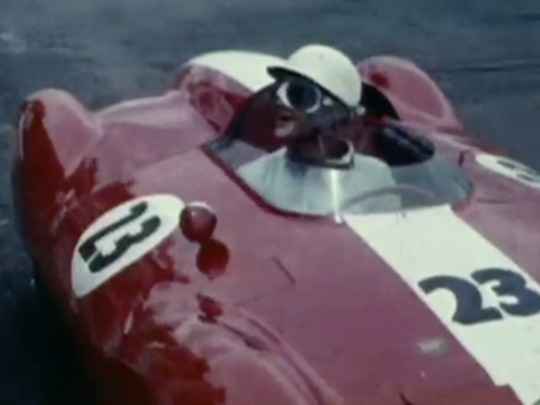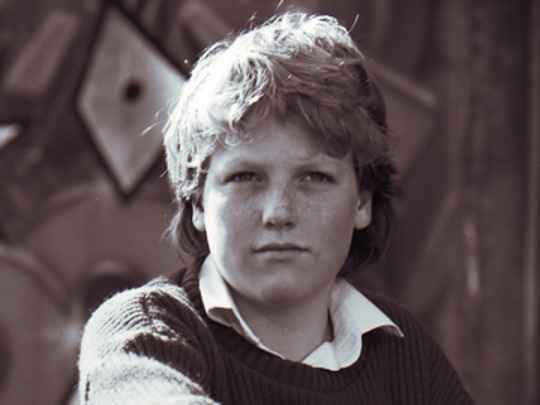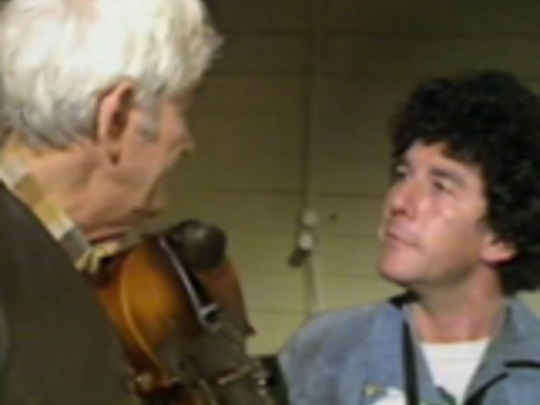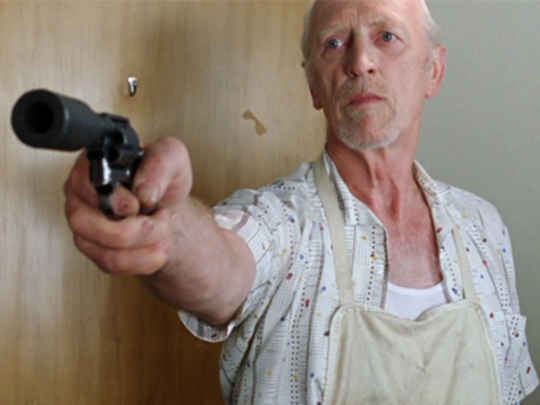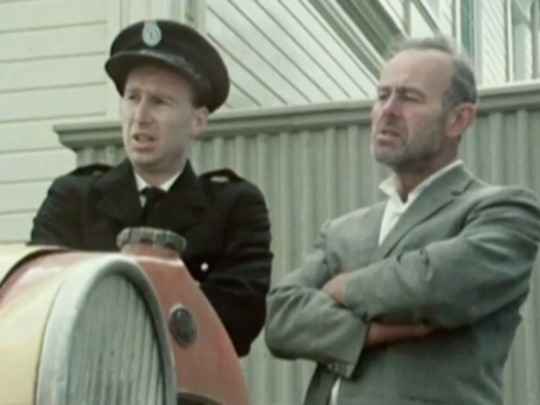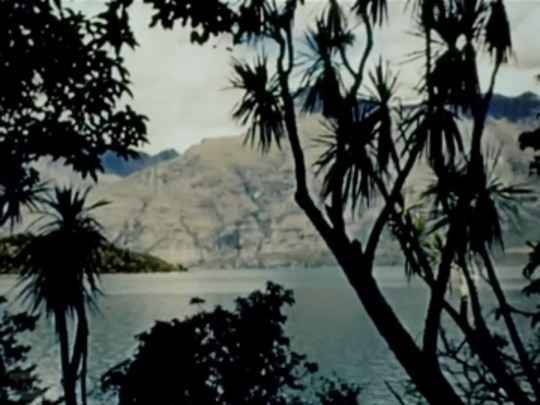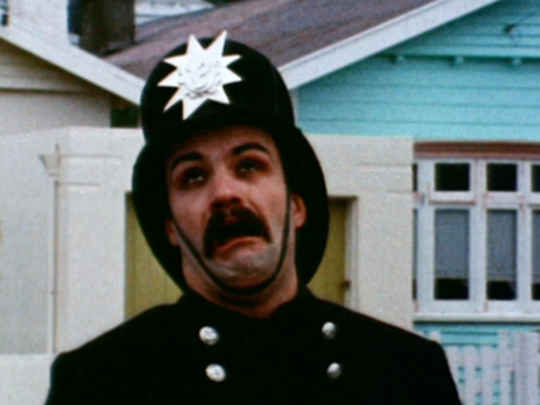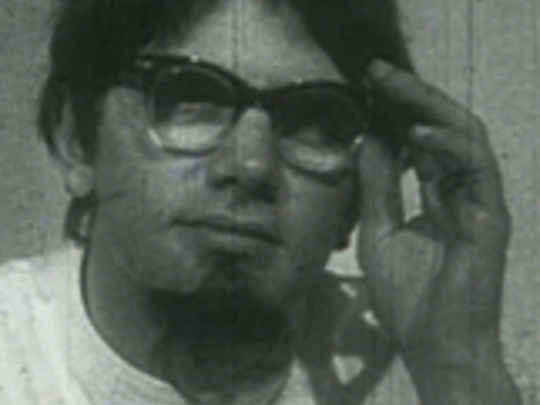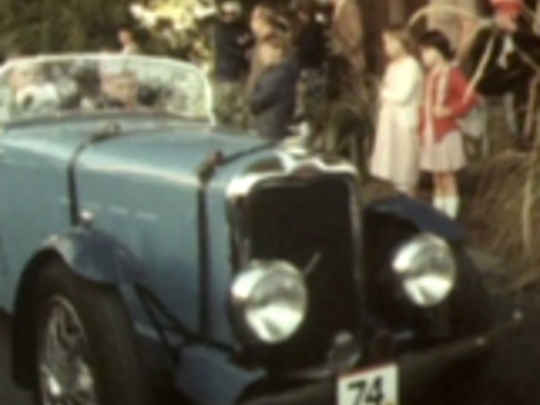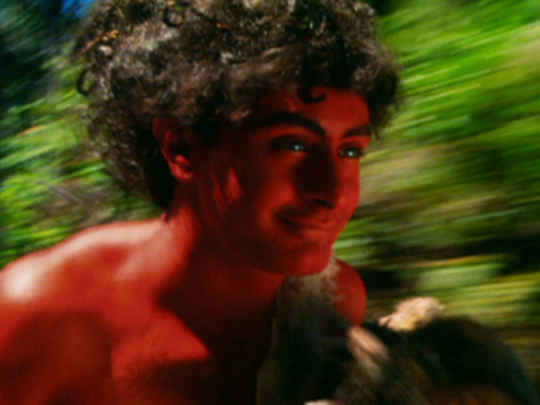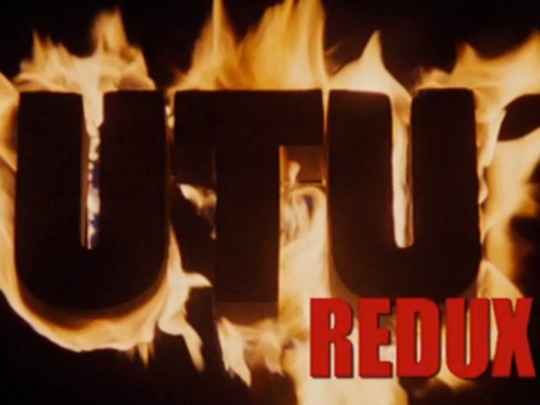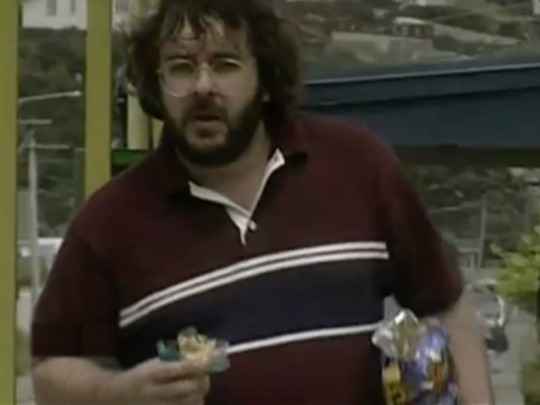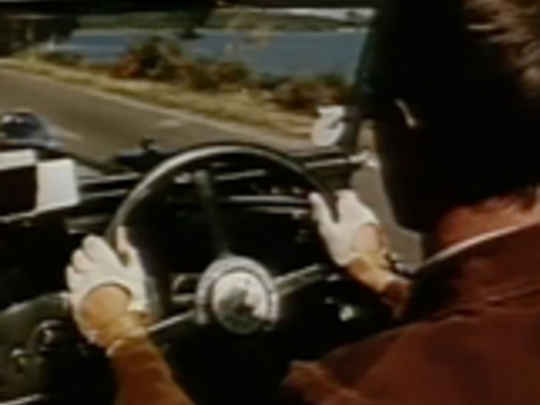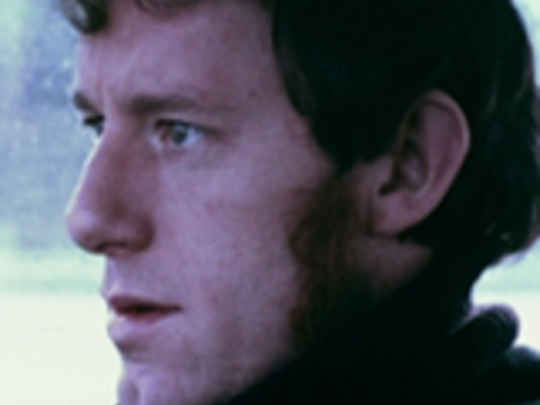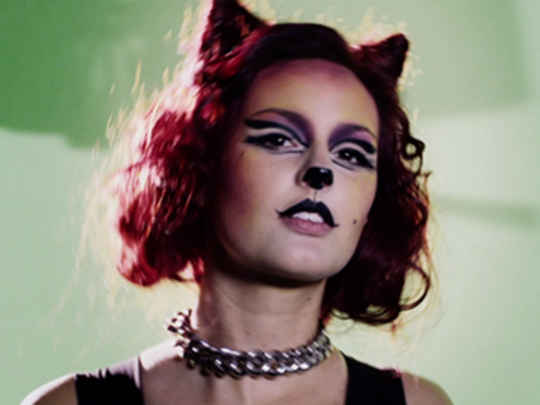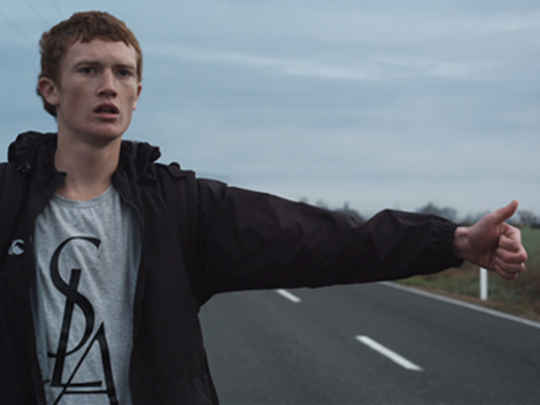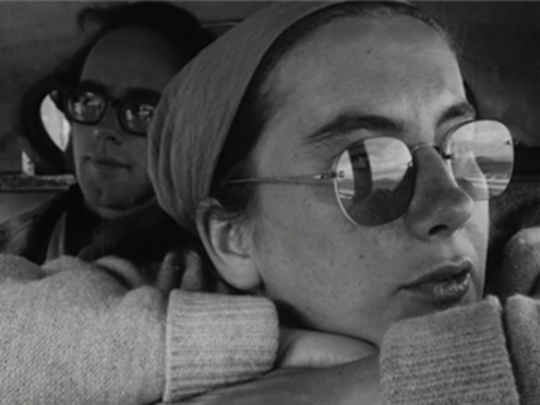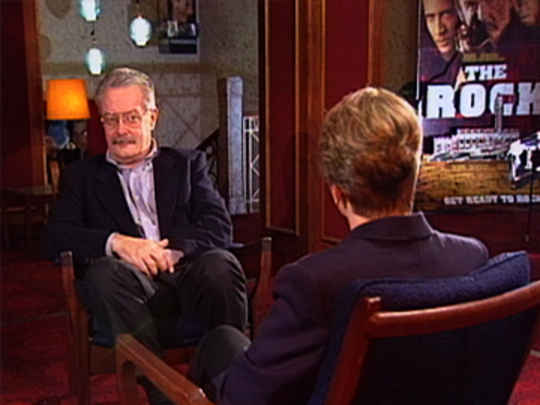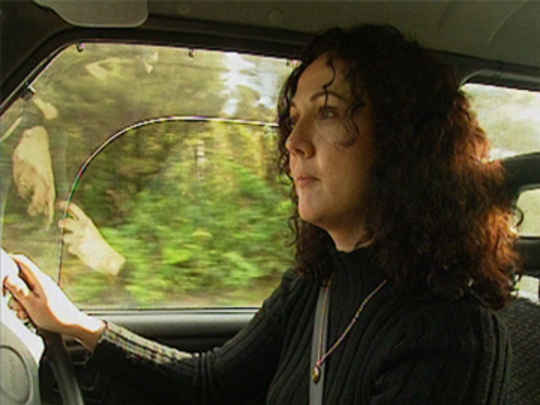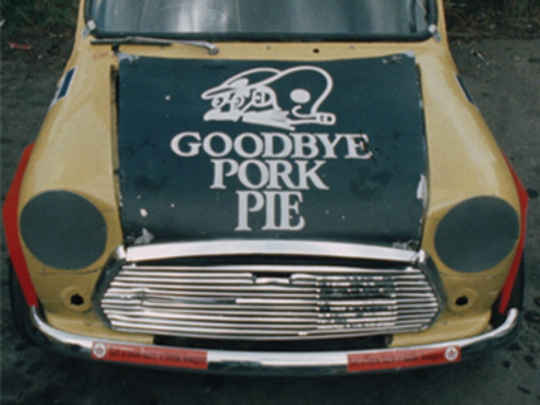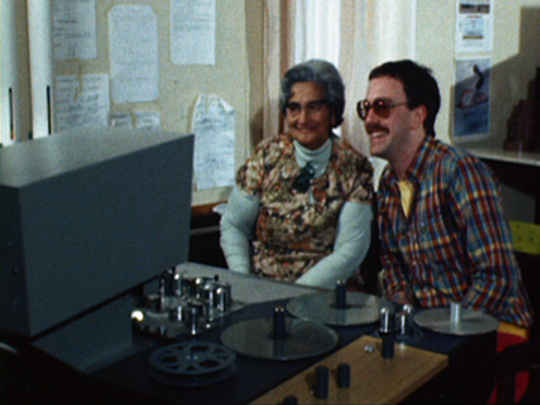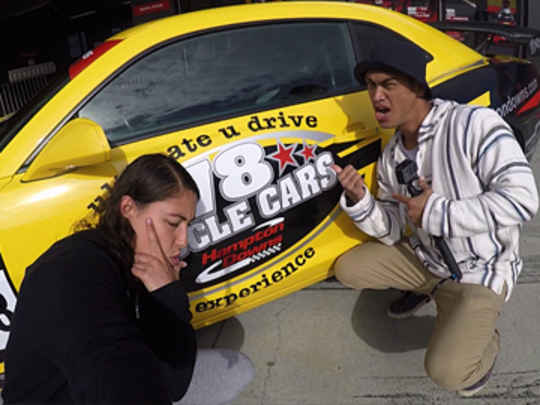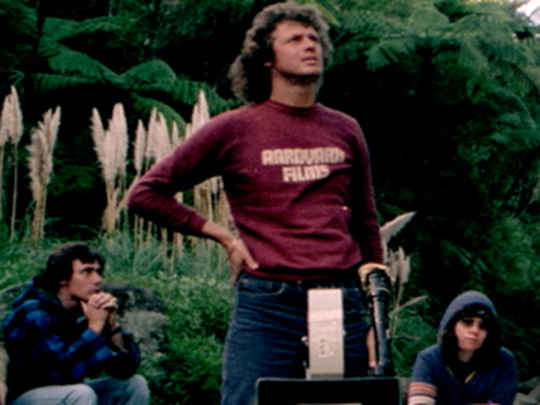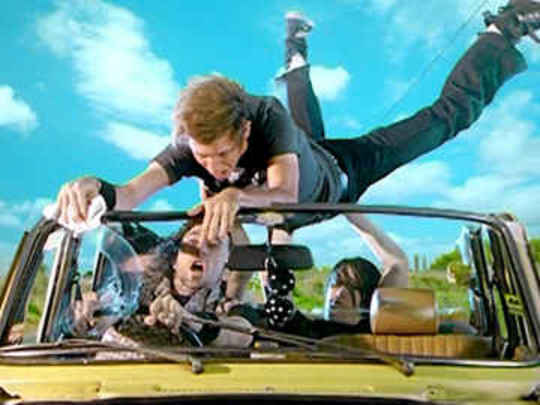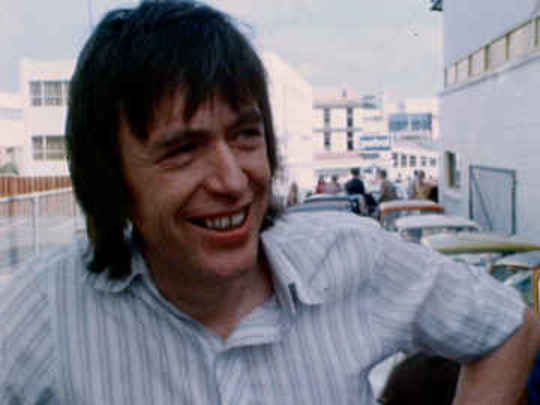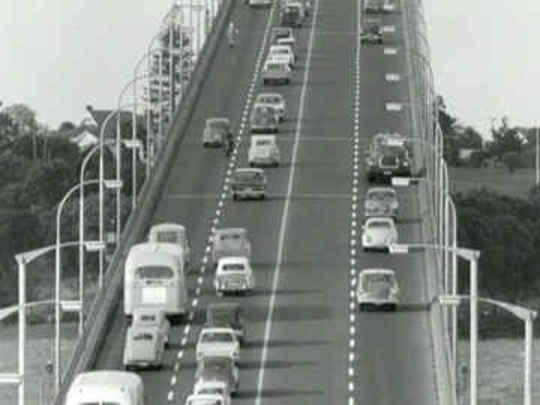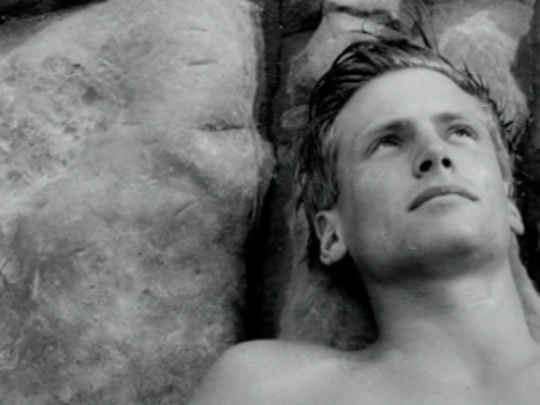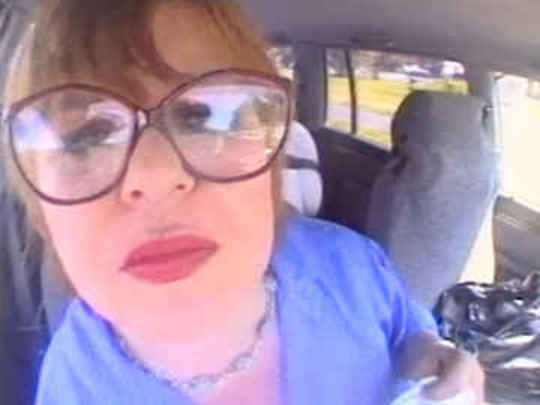The trailer for the film.
An excerpt from this feature film.
Interview excerpts with actor John Bach, editor Mike Horton and cinematographer Alun Bollinger
The credits from this feature film.
Part one of a two-part interview with director Geoff Murphy.
Part two of a two-part interview with director Geoff Murphy.
Excerpt of Simon Morris interview with Geoff Murphy
An interview with producer Nigel Hutchinson.
Goodbye Pork Pie
Film (Trailer, Excerpts, and Extras) – 1981
A perspective
Goodbye Pork Pie was the first local blockbuster. It was also the first New Zealand film to go to the Cannes Film Festival, where it screened in the market in 1980. With its iconic yellow mini, good-natured DIY daring and laconic humour, this most Kiwi of road movies quickly sold to 20 territories. That overseas success helped it to become a huge hit at home as well.
This was a time when New Zealanders were becoming interested in seeing their own stories on the big screen, a trend that had begun in earnest with Sleeping Dogs in 1977. However, Goodbye Pork Pie was a blockbuster by comparison. With 600,000 tickets sold locally, it was in the same league as Star Wars or Jaws. Phrases from the film entered the culture: "I'm taking this bloody car to Invercargill, boy!"
As the first New Zealand film to recoup its costs from the local market, it was groundbreaking, and very encouraging for the developing film industry here. The story hit the pulse of the time it was made.
New Zealand was at the height of the repressive Muldoon era and Pork Pie's plucky irreverent heroes outwitting the bungling authorities (until the film's dark conclusion) represented escapist entertainment at its finest. The massive protests against the Springbok tour, which took place the year the film was released, were an indication of the level of discontent brewing under the surface of New Zealand society at that time.
The budget ($450,000) was tiny by today's standards, and the producers relied on Kiwi ingenuity and the hard work of everyone involved to get it made (the production was filmed on the road along the length of the country drumming up local enthusiasm on the way; this would later pay-off as grassroots marketing for the film when it screened). Few of the people working on the film had much feature film experience, which meant there was a lot of learning on the job and multi-tasking (even director Geoff Murphy had a small on-screen role).
The shoot was a formative experience and many of the crew went on to successful careers in the industry. The cinematographer, Alun Bollinger, lit Vigil and Heavenly Creatures. Gaffer Stuart Dryburgh has also enjoyed a successful career as a cinematographer, shooting The Piano, Once Were Warriors, and Bridget Jones' Diary. Lee Tamahori started off as a boom operator on this and other Kiwi films of the same period, before going on to direct Once Were Warriors and eventually forge a Hollywood studio career, including James Bond film Die Another Day.
As for Murphy, he was also Pork Pie's distributor. He travelled much of the country in his Hillman Hunter, drumming up support with local cinema managers and media. He later compared the process of promoting Goodbye Pork Pie to yelling and prodding "an enormous sleeping dinosaur".
Goodbye Pork Pie's phenomenal success was not without controversy. A review in The Southland Times on 20 March 1981 described the film as a frank endorsement of criminal preoccupation: "Geoff Murphy's film depicts the theft of petrol; the flagrant breaking of speed restrictions and examples of dangerous driving; ... connivance in the drug scene; the defrauding of the Railways; [and] shoplifting."
Blondini would be proud!
- After helping organise the Out Takes Film Festival, Richard King went on to direct Sydney's Mardi Gras Film Festival from 1999 to 2003. In 2007 he programmed the NZ International Film Festival.
